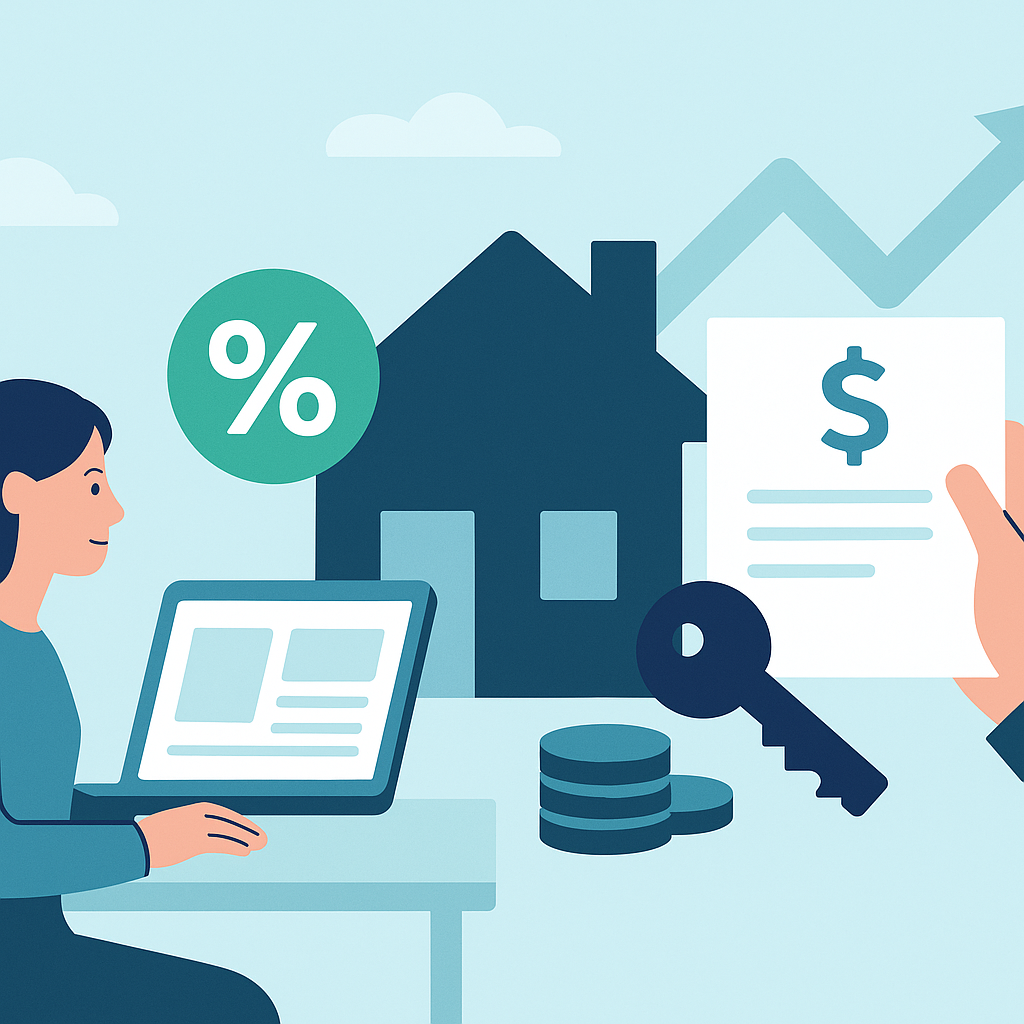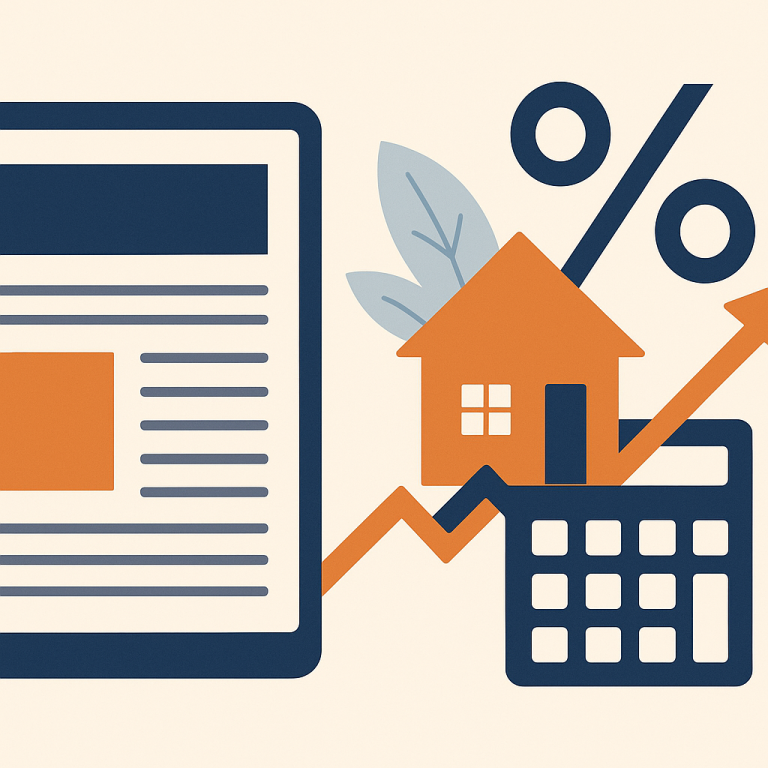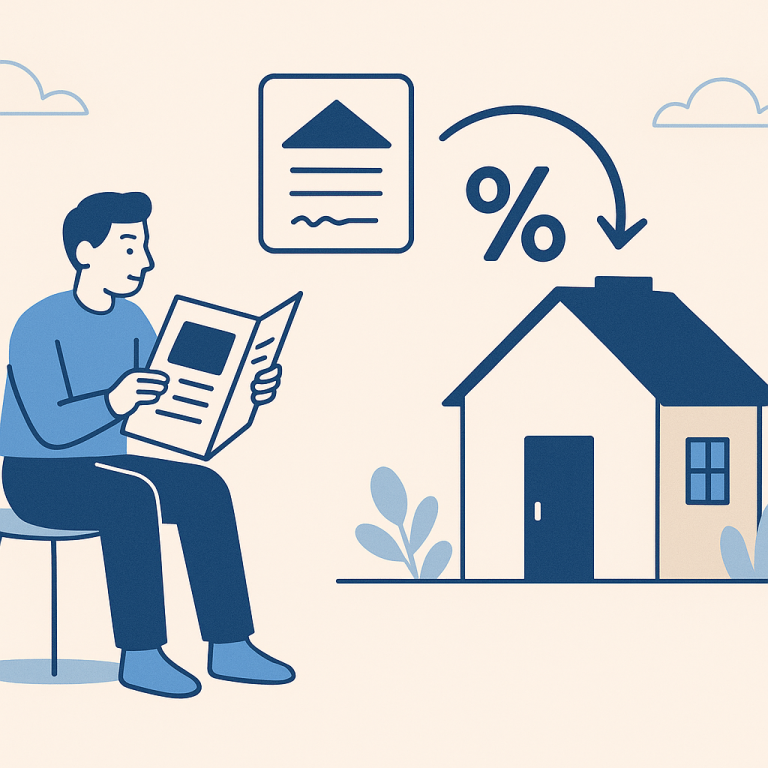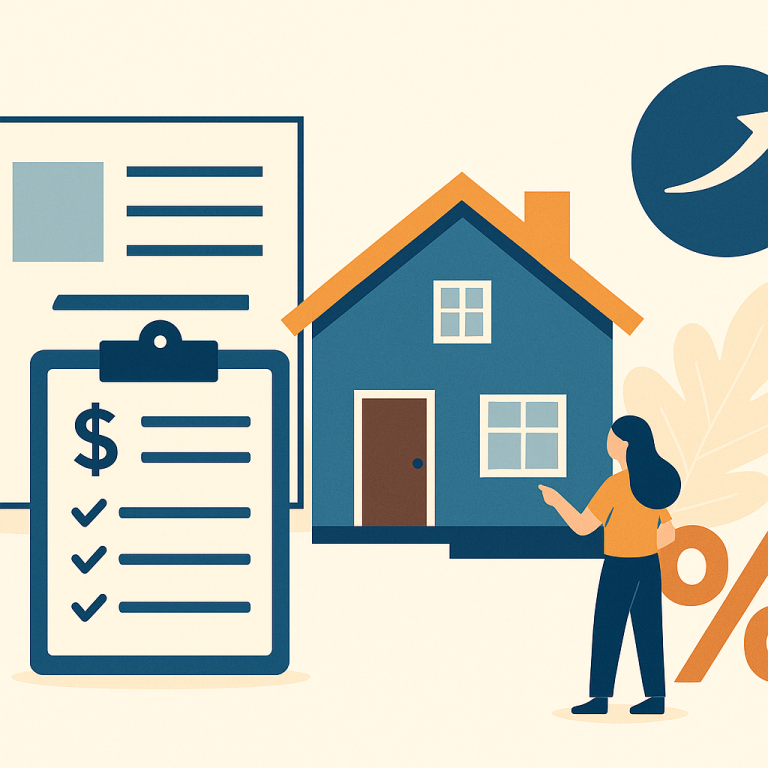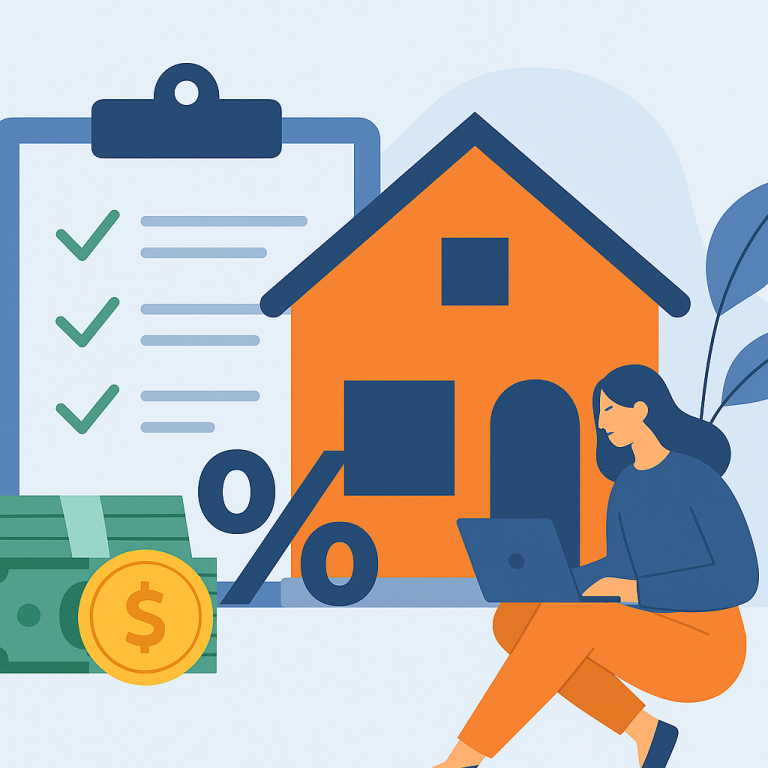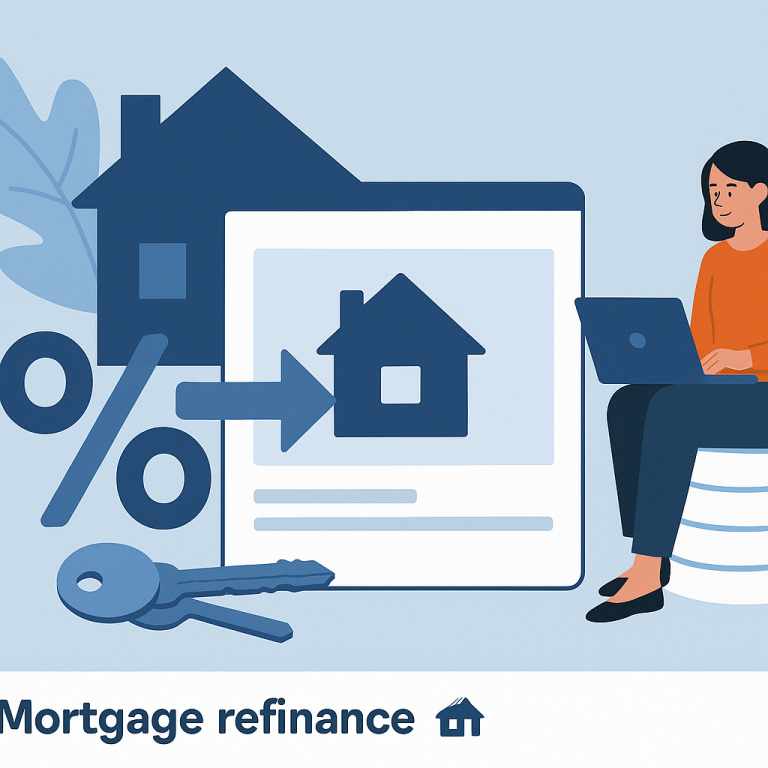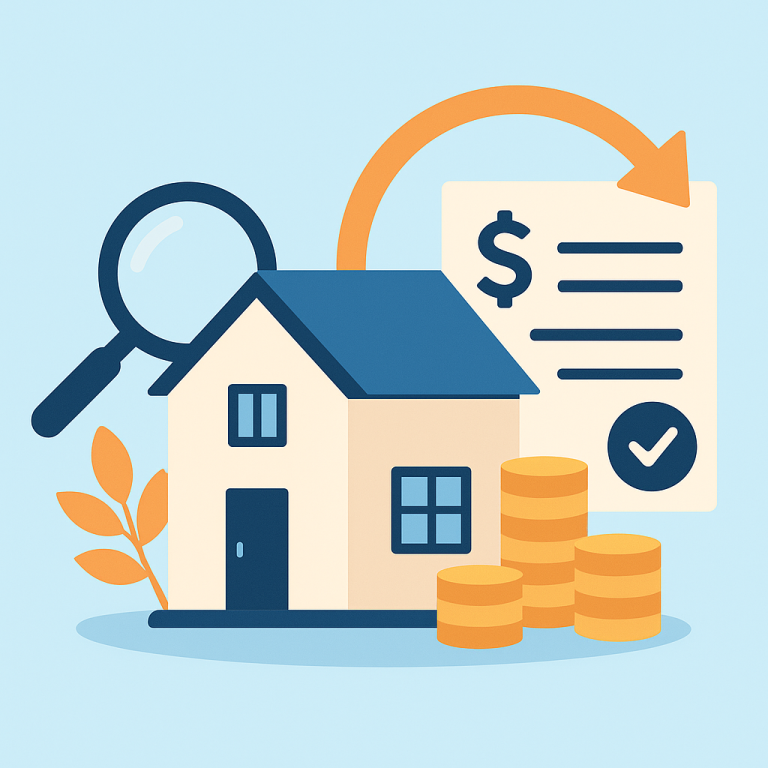Major Lenders Cut Refinance Fees, Lowering Typical Closing Costs By $500
Refinancing Activity Cools as Rate Volatility and Tightened Underwriting Narrow Opportunities
Mortgage refinancing activity has slowed as interest-rate volatility and tighter lender underwriting make clear savings harder to achieve for many homeowners. After a period of rapid refinancing when rates hit historic lows, the market has shifted: a smaller share of borrowers now find that refinancing produces meaningful long-term savings once closing costs and underwriting hurdles are taken into account.
The current environment is shaped by several converging factors. Interest rates have moved away from the lowest recent levels, reducing the spread between many existing loans and new offers. Lenders have become more selective on credit scores, debt-to-income ratios and property valuations, particularly in areas with uncertain home-price trends. At the same time, elevated housing costs and higher barriers to equity access in some regions mean fewer borrowers meet benchmarks that previously made refinancing broadly attractive.
These shifts do not mean refinancing is off the table. Homeowners with substantial home equity, strong credit profiles and loans originated during higher-rate periods still stand to benefit. But the calculus has become more case-specific: the question is no longer simply whether a lower rate is available, but whether the combined effect of rate change, loan-term adjustment and transaction costs justifies the move.
Refinancing Options and When They Make Sense
Borrowers weighing refinances typically face a few clear strategic choices. A rate-and-term refinance can reduce monthly payments or allow borrowers to shorten their loan term while maintaining or modestly increasing payments. For those carrying high-interest consumer debt, a cash-out refinance remains an option to consolidate balances at a mortgage rate, but it often comes with higher upfront cost and stricter underwriting than during prior refinance booms.
Home equity lines of credit and second-lien products present alternatives to full cash-out refinances, offering flexibility with potentially different cost structures. However, these options also depend on lender appetite and property valuation, and often involve variable rates or other features that change borrower risk profiles.
Given the current market, two practical frameworks help homeowners decide: (1) calculate the break-even period—the time it takes for monthly savings to offset closing costs—and (2) consider long-term goals, such as paying off the mortgage earlier or freeing cash for specific projects. Both are crucial because short break-even periods favor refinancing for pure savings, while long break-even horizons suggest refinancing only if nonfinancial objectives align.
Homeowner Takeaways
- Run a realistic break-even analysis that includes closing costs, potential appraisal fees and any prepayment penalties rather than focusing solely on advertised rate reductions.
- Prioritize lenders who transparently disclose all fees and who precheck eligibility criteria to avoid surprises during underwriting.
- Consider whether shortening the loan term or switching to a fixed-rate product better serves your long-term financial goals than minimizing monthly payments alone.
- For cash needs, compare cash-out refinancing to HELOCs and other secured options, weighing rate structure, repayment flexibility and total cost.
- Lock rate windows thoughtfully and stay alert to market movement if you are close to a decision; small timing differences can shift the break-even calculus.
In the current market, refinancing decisions are increasingly individualized. Homeowners who assess their equity position, read underwriting requirements closely and align refinancing choices with broader financial goals are best positioned to extract value when opportunities arise.
META: refinancing trends — homeowners should evaluate break-even, consider term shortening, shop multiple lenders and compare cash-out vs HELOC options.

